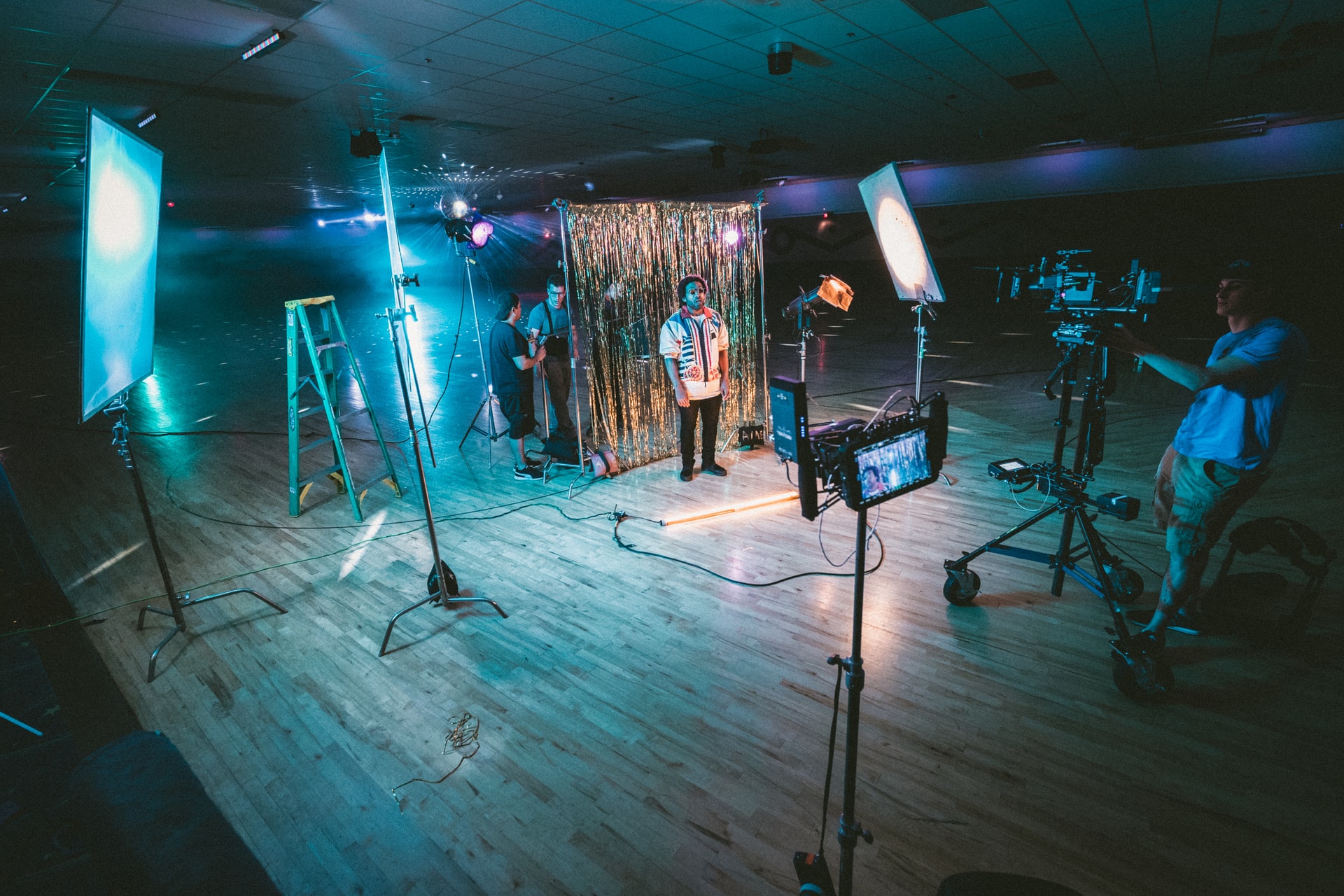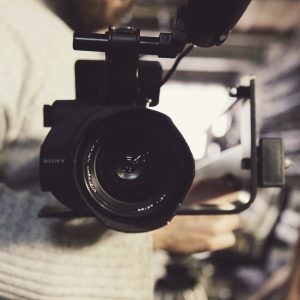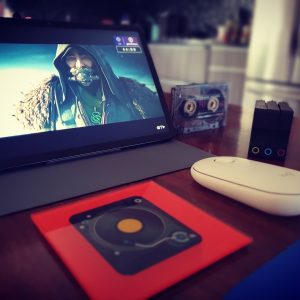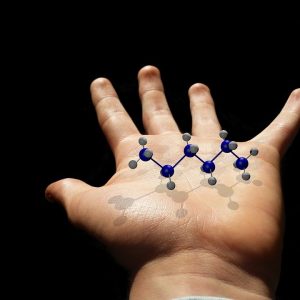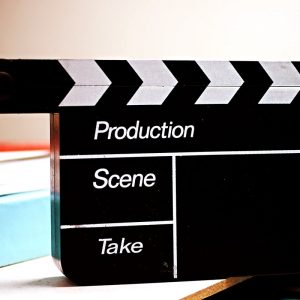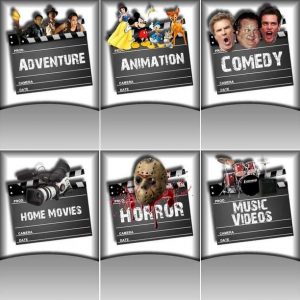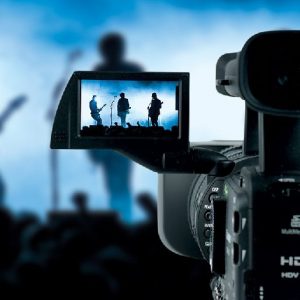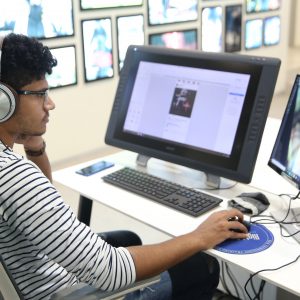Lighting plays an enormously important role in a movie. Film crews can spend days just waiting for the right lighting if a scene calls for it. Did you know there are different kinds of lighting used in filmmaking? Each has its own special role to play in making a film a success. In this article, we’re going to discuss the types of film lights, and lighting techniques that every filmmaker should know.
Types of Film Lights and How to Use Them
Natural Lighting
Natural lighting refers to sunlight. This creates a natural look to any scene. Sometimes, it can be difficult to get the appropriate amount of natural lighting for a movie. It’s also a challenge to manipulate direct sunlight and make it hit the surface that you want it to.
Filmmakers use the light that’s available at the location and manipulate it in different ways to create effects. They can use bounce boards or flags to reflect light or to block it. To use natural lighting in the best way possible, the crew must assess if a particular place has the necessary lighting for the shoot. They do this by going to the location and conducting what is known as a recce. This process helps them understand how much light comes onto a specific area throughout the day.
Key Lighting
When the emphasis is needed on a particular character – key light is used. This light illuminates the actor or the subject. It’s usually the brightest light in the frame. This light is the most intense and direct.
The key light is the primary light in a three-point setup. The crew must avoid placing the light too close to the camera. Doing so makes the subject appear flat and featureless.
High Key Lighting
The lighting ratio is the amount of light to dark on the screen. The high key light’s function is to reduce this ratio. This creates an optimistic or hopeful tone. To create high-key light, filmmakers use diffusion, lots of fill light, and heighten the key light.
Low Key Light
This emphasizes the dark shadows and tones in a scene. This lighting creates an ominous mood and a sense of suspense. This is created by using smaller sources of light. Filmmakers also achieve this by using one light source and bounce lights for fill. Low key lighting uses blackness and contrast. This lighting is popularly used in noirs and thrillers.
Fill Light
This light is important as it removes any shadows that are created by the key light. It’s placed on the opposite of the key light, but it isn’t as powerful as the key. This light cannot be seen on the screen and is just used to counteract the extra effects of the key.
Back Light
This light hits an object from behind, therefore its name. It’s placed higher than the object that it’s lighting. Their purpose is to separate the object or actor from the background. They give depth and shape and give the appearance of three dimensions. The sun is a good backlight and cinematographers use reflectors to bounce rays of the sun back to the subject. If the backlight is placed behind the object at an angle – the backlight is called a ‘kicker.
Practical Light
If you want to use the location’s light sources – such as lamps, lightbulbs, TV sets, etc. – it’s called using the practical lights. These are added to the set to light up the corners or the faces of actors. Set designers are responsible for adding the practical lights to create the desired ambiance. It’s important to take into consideration whether the colors of each source of practical light match each other.
Hard Lighting
Harsh light that’s sourced from a direct beam of sunlight or any other light source is called hard lighting. This kind of light creates harsh lines and shadows. It’s used to draw attention anywhere in the frame, usually on the subject. Hard lighting is used to create highlights and silhouettes. It can be stopped using flags or diffusers. This is a great light for shadows.
The Three-Point Lighting Set Up
This concept is a film lighting basic. The key-light, backlight, and fill light come together to form the three-point lighting setup. This is a standard method used in most visual media. They are placed at three separate positions and used to illuminate the subject. This system also controls any shadows that are formed by direct lighting. This is used to get the best lighting in movies.
Aside from these, there are many other types of lighting, too. Do you wish to learn them? You can – and more – at one of the schools for filmmaking in India.
DICE (VFS) – School of Entertainment Arts offers practical and innovative education to students who want to create a career in the film and entertainment industry. The college teaches filmmaking at the undergraduate level. Its practices and programs are in sync with Vancouver Film School’s curriculum.
Learn how to make world-changing films at the best filmmaking course in Mumbai!

